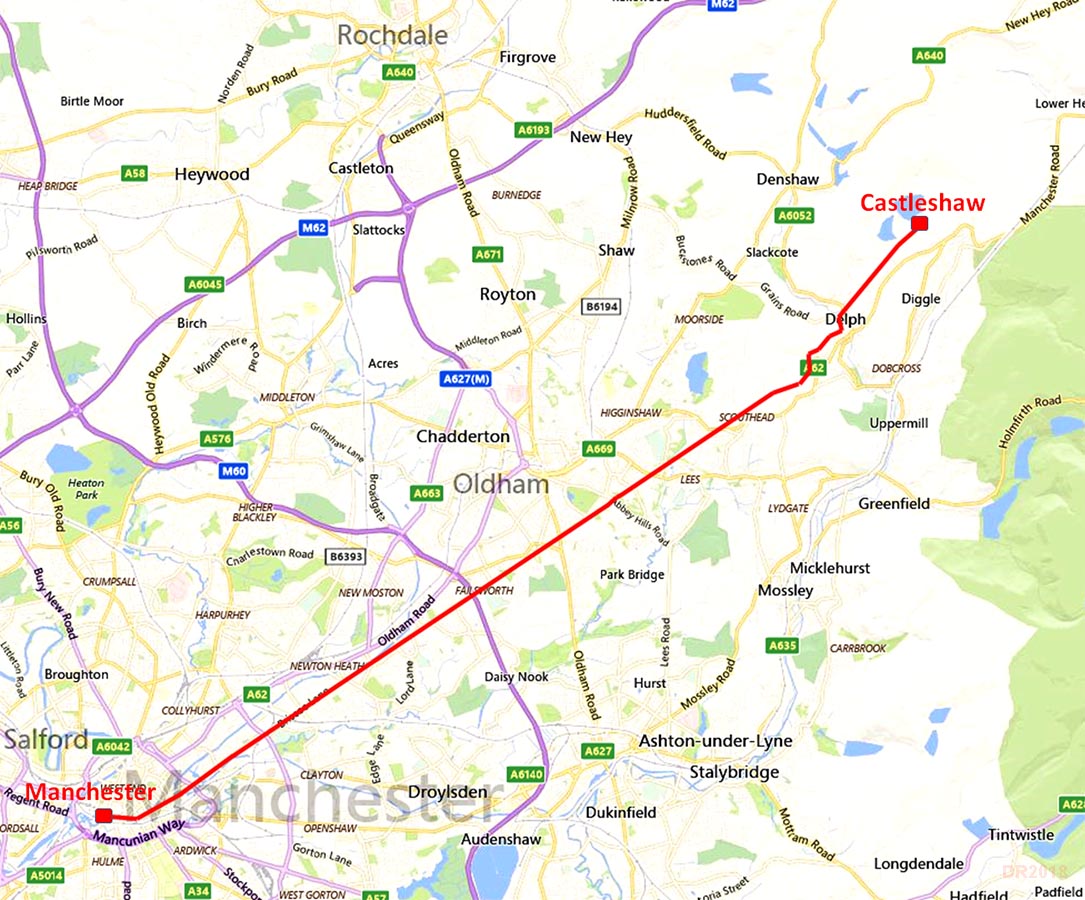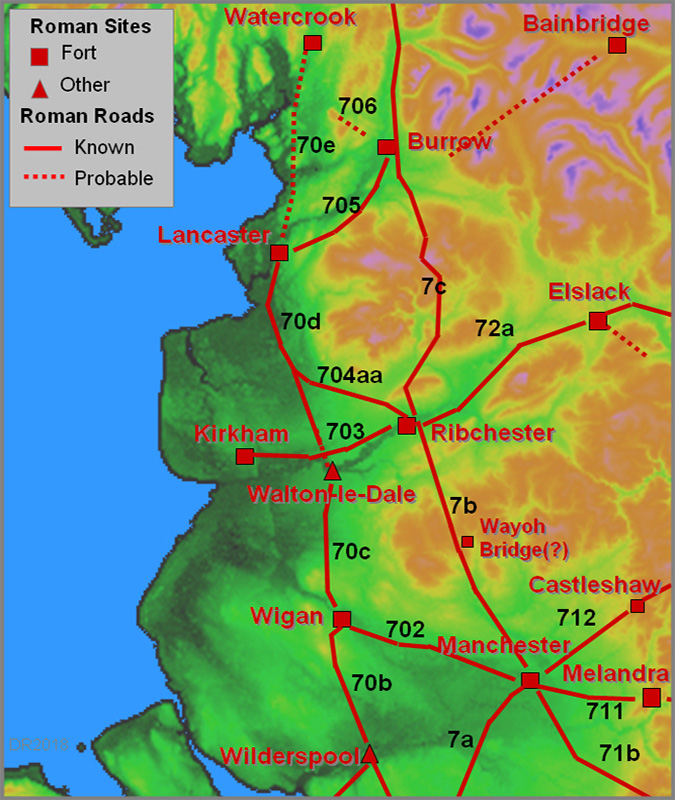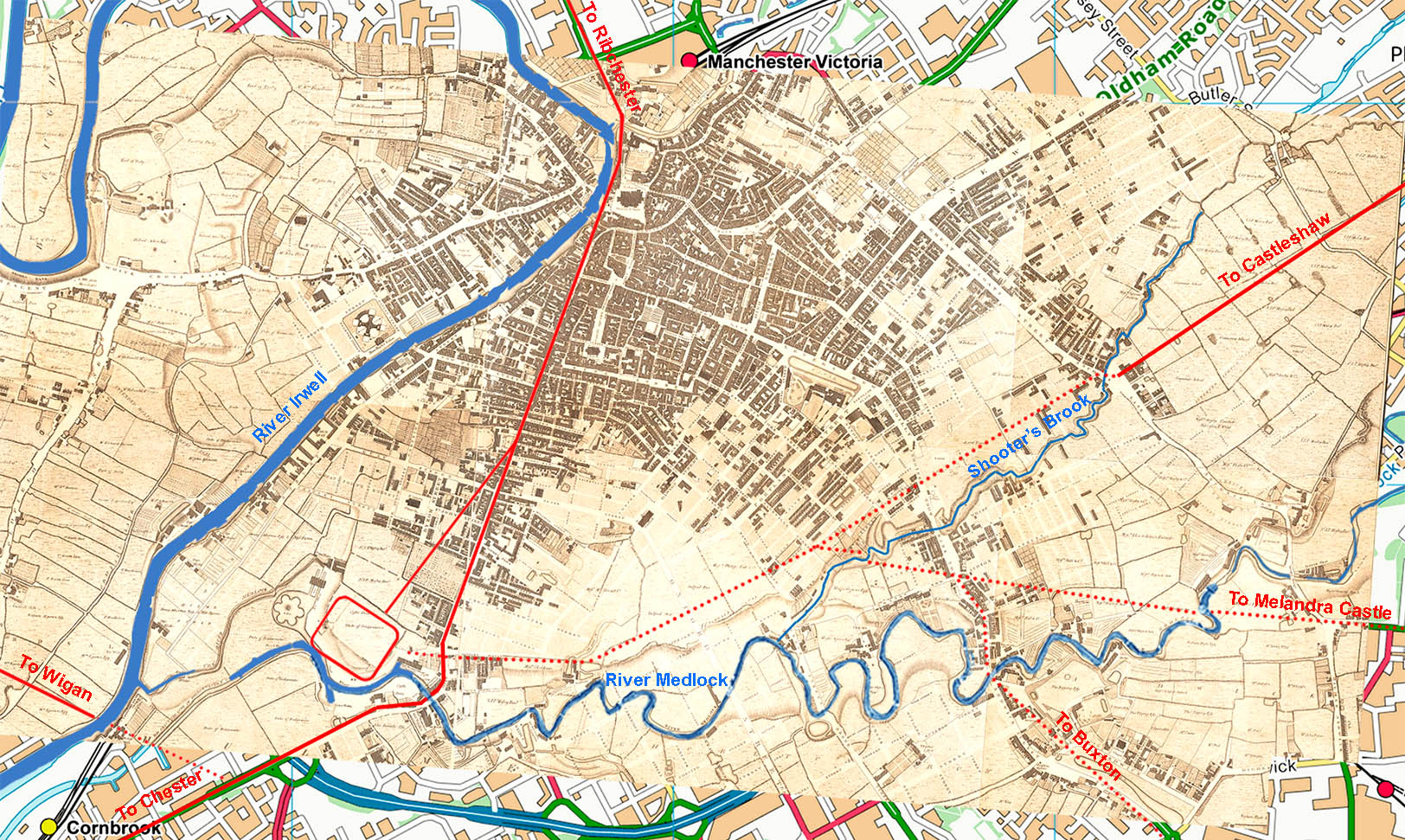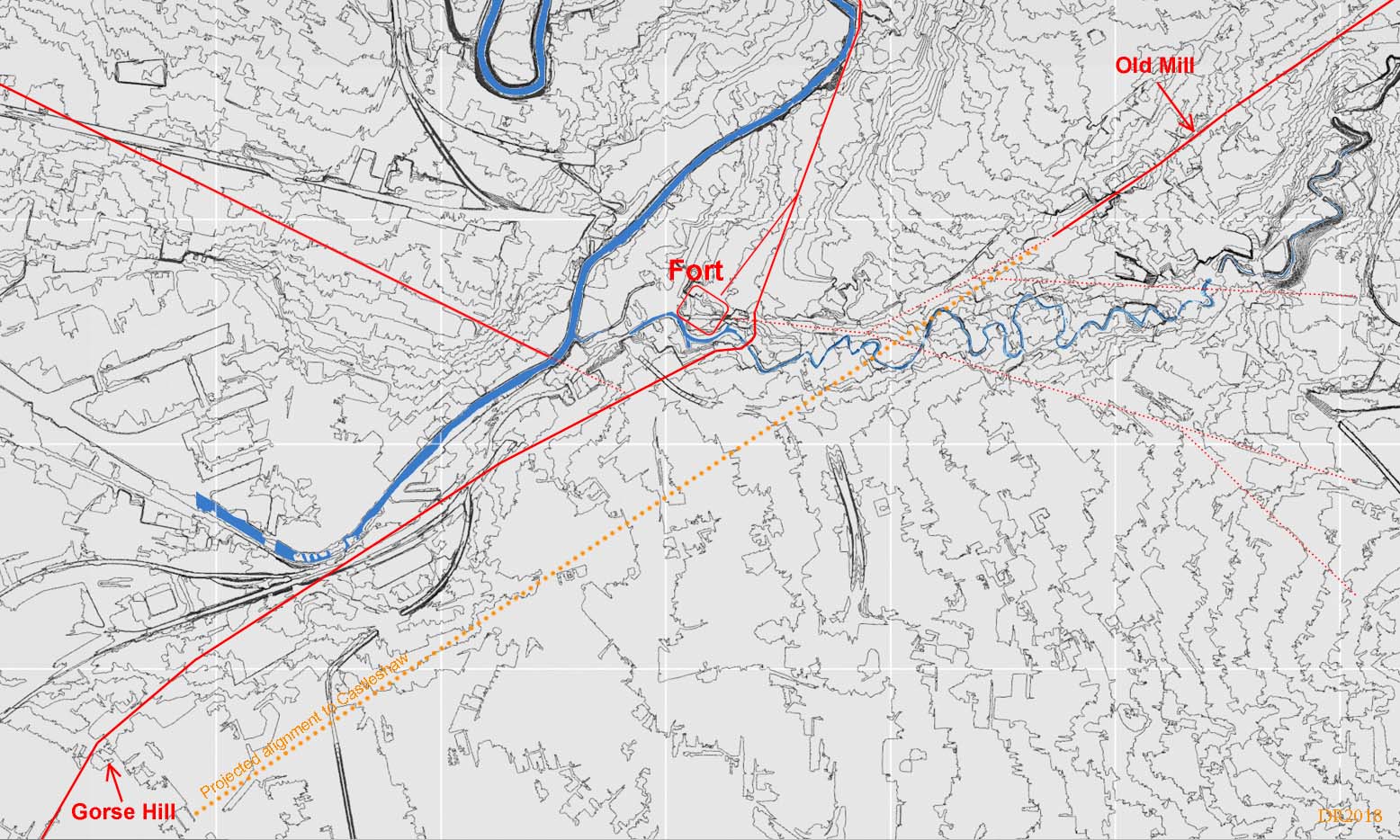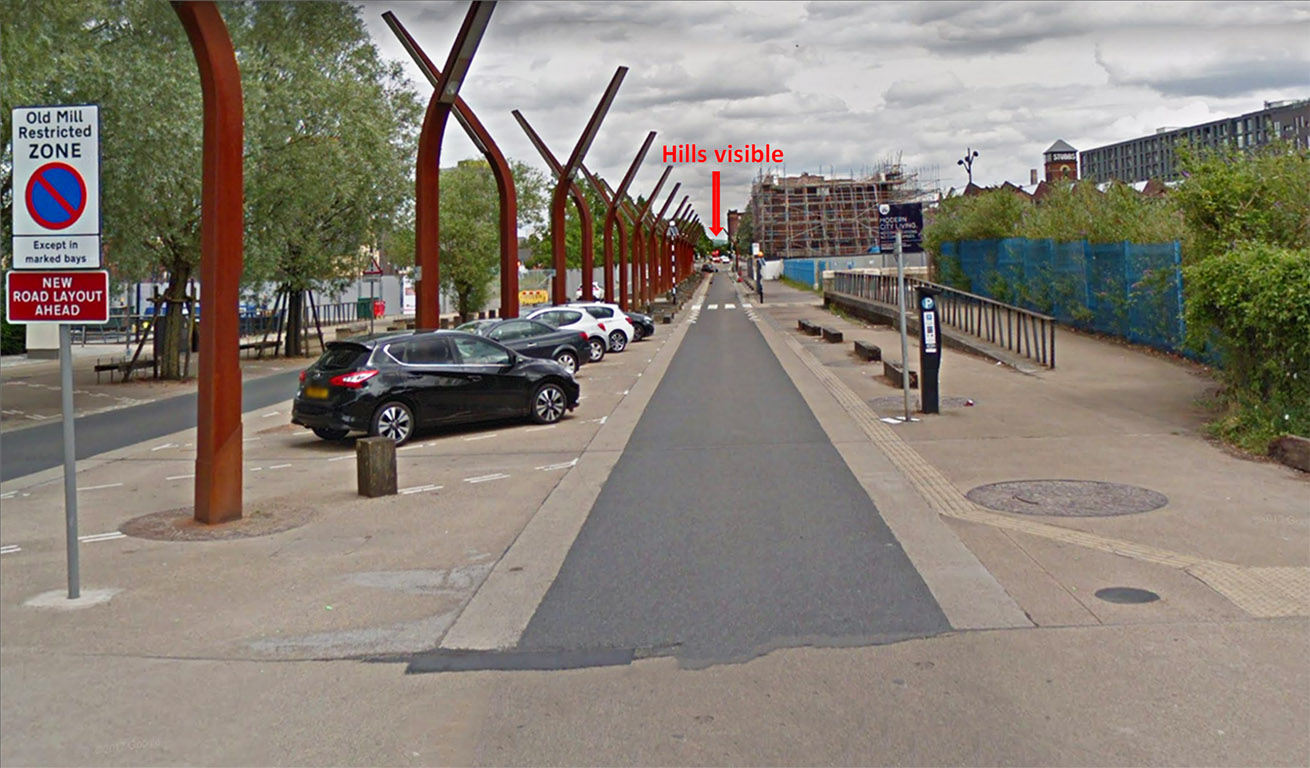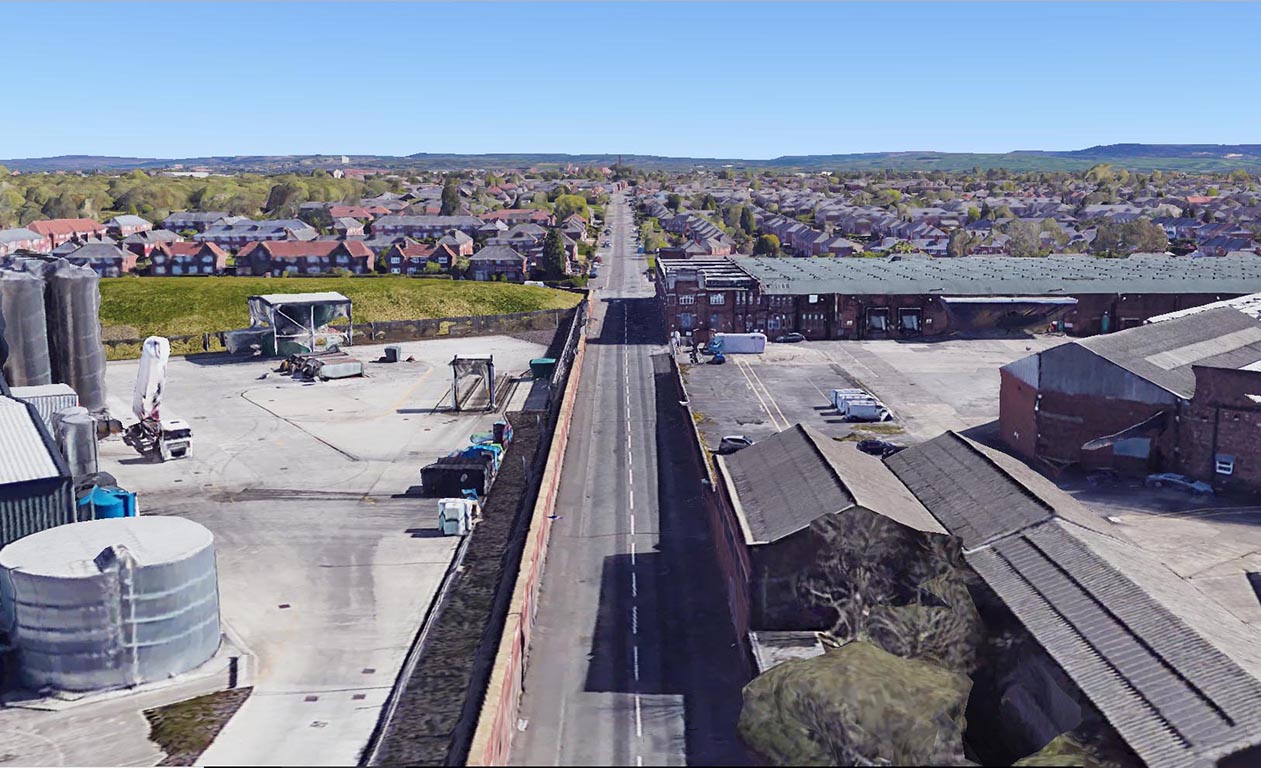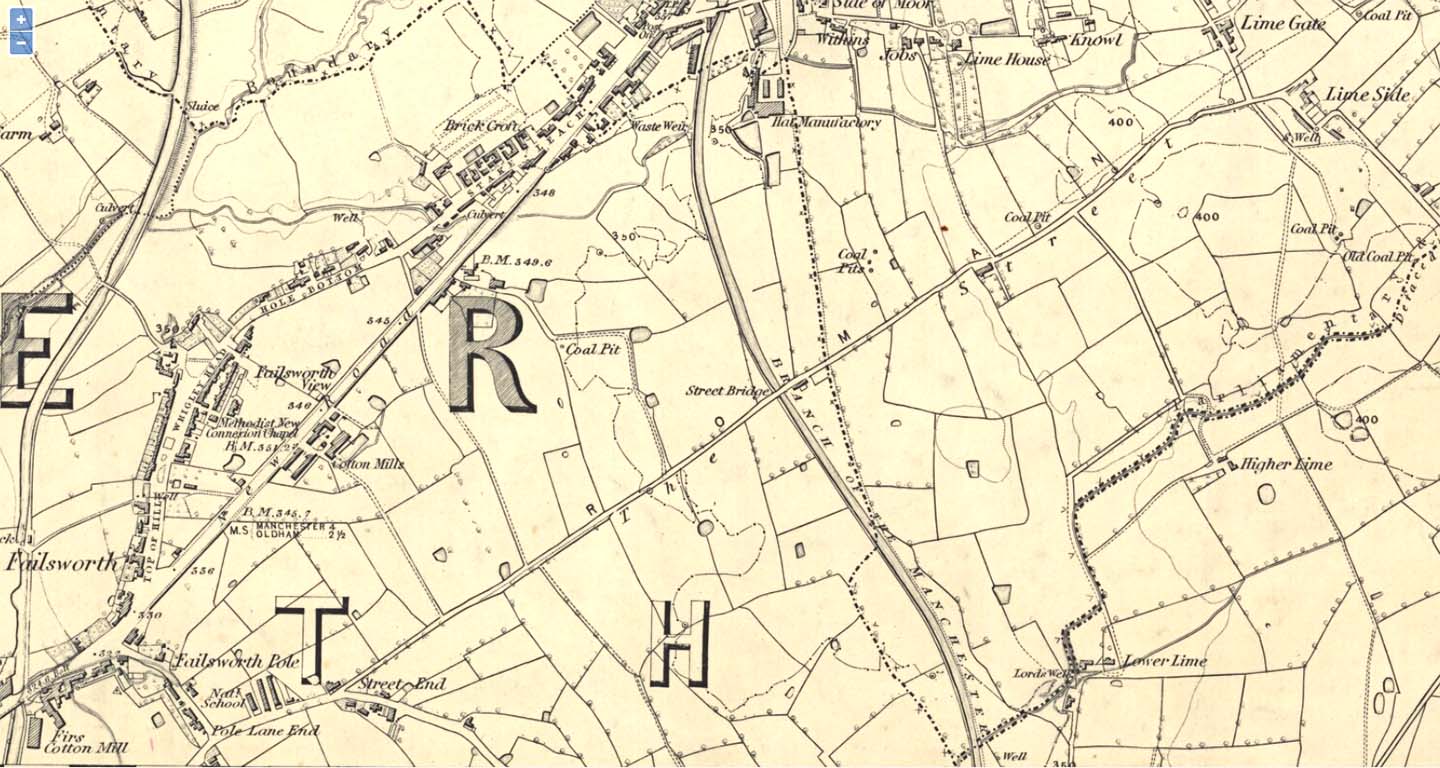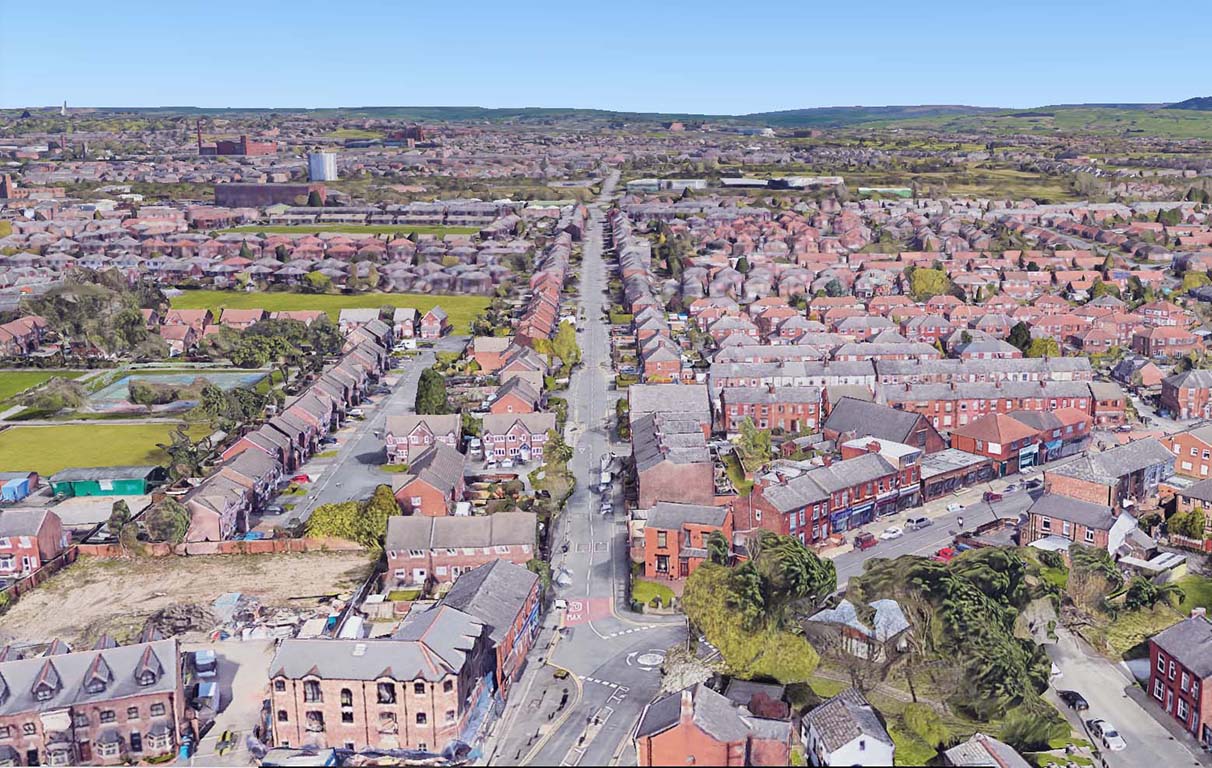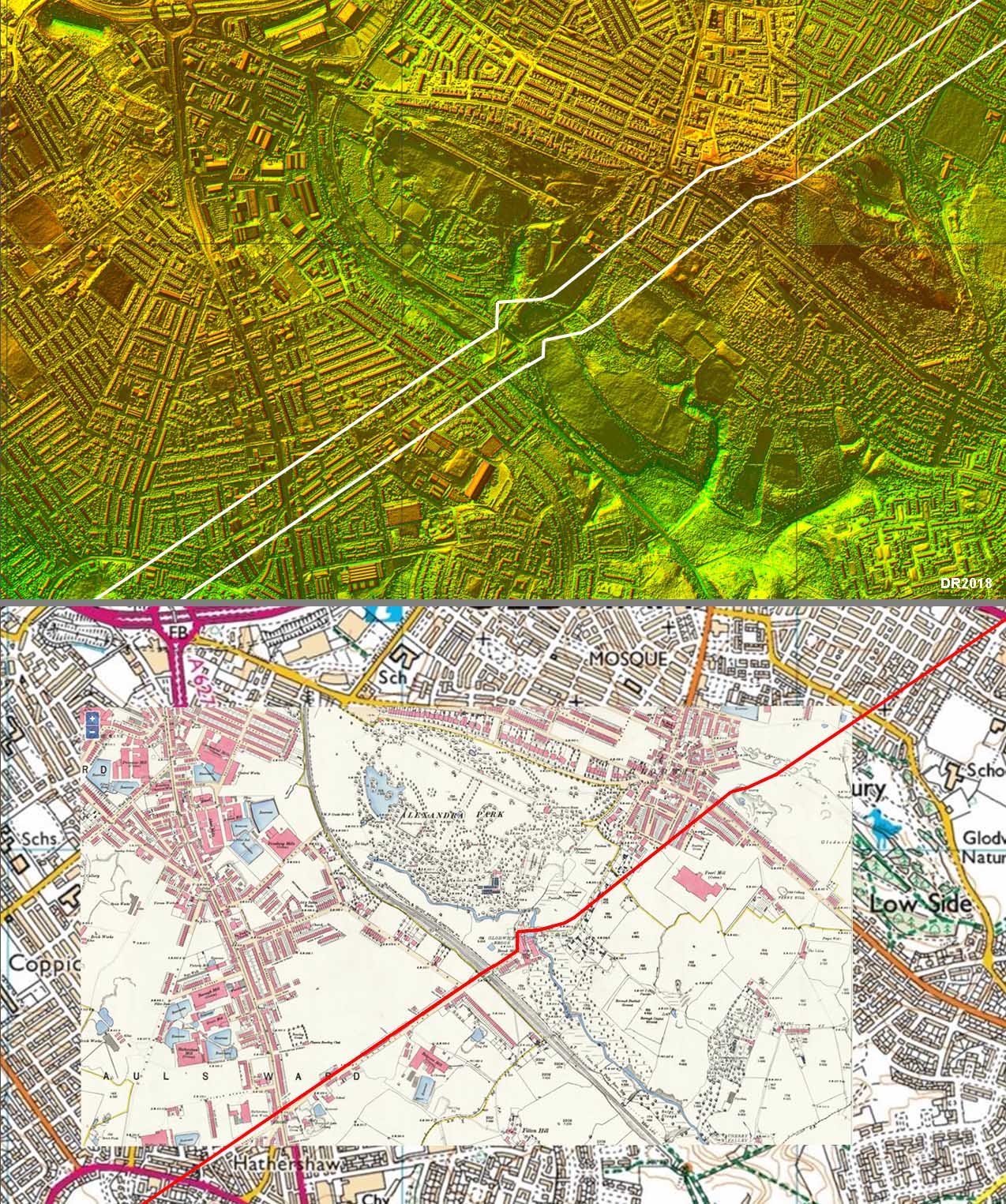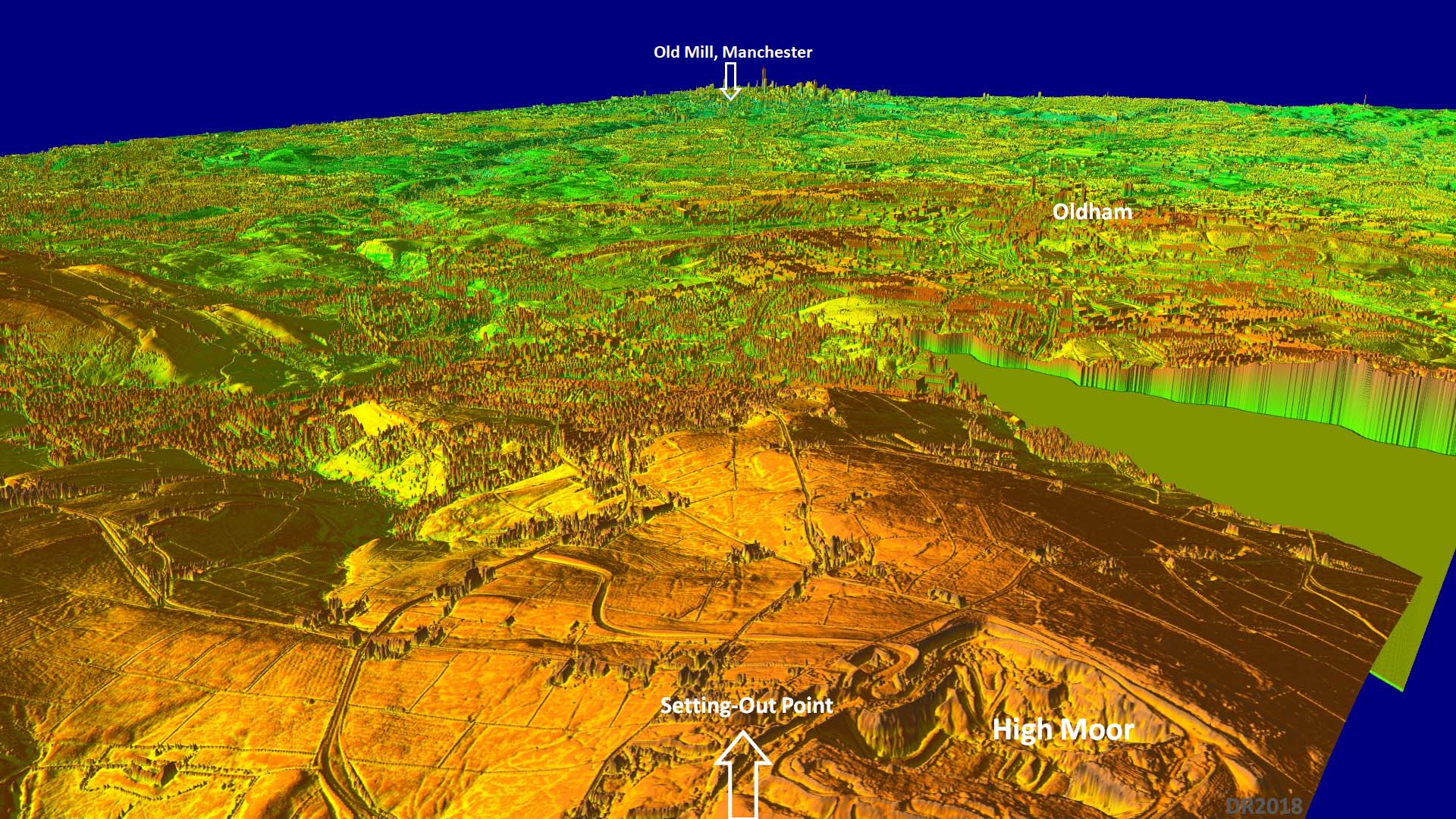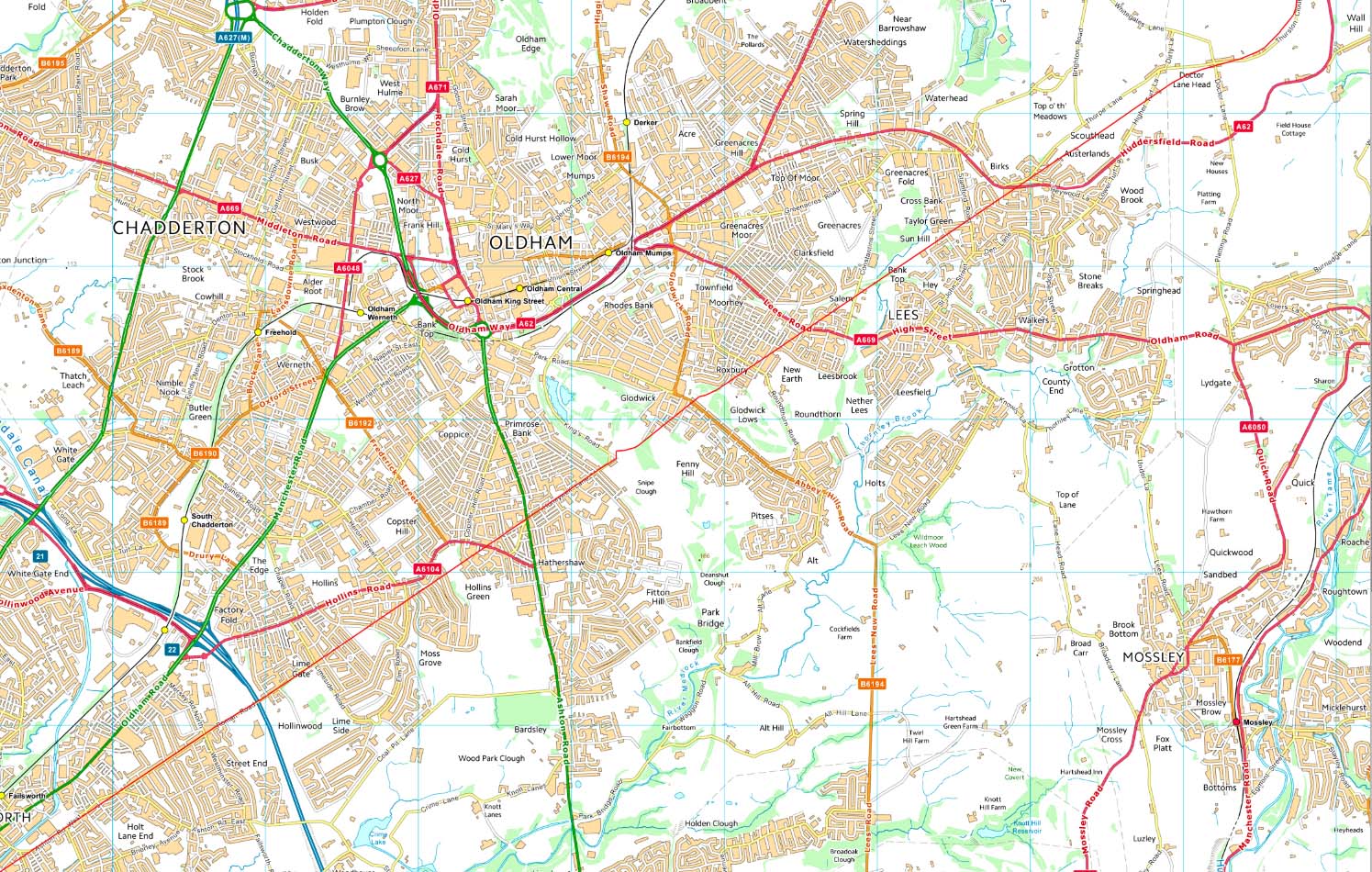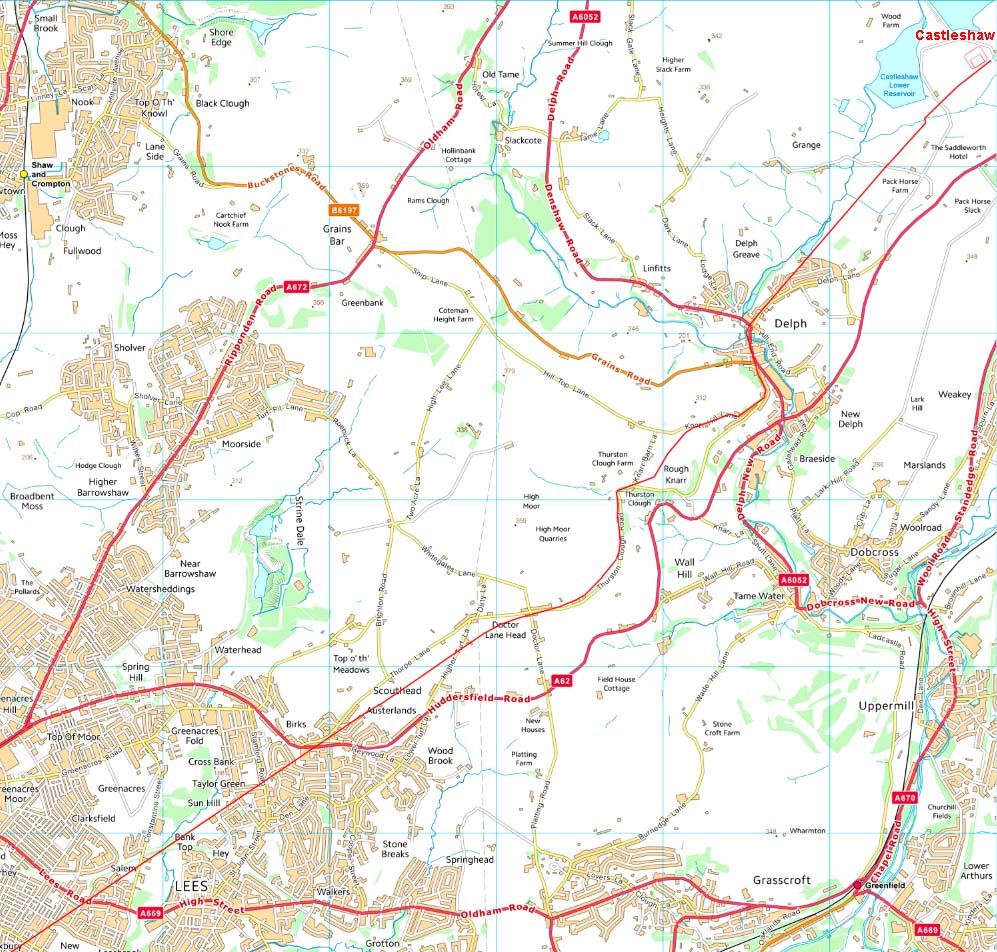
|
The Roman Road from Manchester to CastleshawMargary Number: 712Distance: 13.5 milesThis was part of a major inter-city highway for the Romans - Chester to York - and probably the most important road in northern England. The line today is preserved in a series of minor roads, Briscoe Lane, Roman Road, The Street and Honeywell Lane (Oldham). The road features a long straight alignment from Store Street, Manchester, all the way to High Moor beyond Oldham. The route out of Manchester fort to join it perhaps would have been close to Whitworth Street. The proving of the route of this road by the 712 Group is described in "Saddleworth Seven One Two". The 712 number is, of course, the reference to the number given by I.D. Margary. Excavations of this road by the 712 Group proved their route where it differed in the Saddleworth area from that suggested by both the OS and Margary. Lidar has now added a few minor corrections. They also suggested that the main alignment was set-out from Gorse Hill, Stretford but as we shall see later this was almost certainly not the case. For a detailed route map see the bottom of this page. |
Historic Counties: Lancashire & West Riding of Yorkshire Current County: Greater Manchester HER: Greater Manchester
|
|
|
|
|
|
Lidar Image - High Moor Long straight alignments were not possible from High Moor to Delph so the road adapted to the contours rather than fighting them. Clear from the Lidar imagery is the huge size of the agger. This was a major inter-city highway for the Romans - Chester to York - and it warranted a substantial construction. |
Click for larger view |
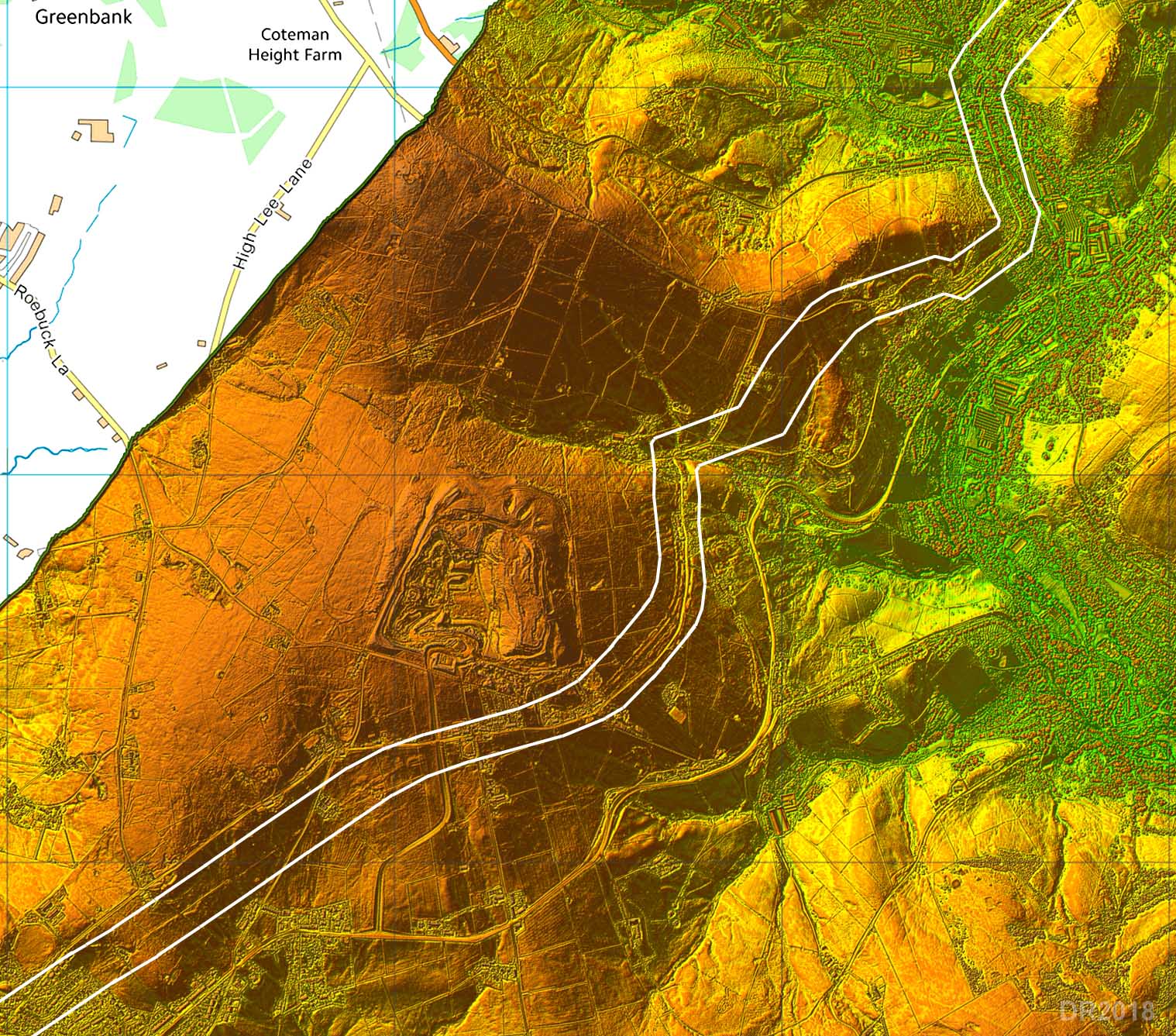 |
Route Map - High Moor The Ordnance Survey thought Thurston Clough Road was the Roman line but the 712 Group knew better! In reality the huge agger of this road was hard to miss but even the legendary Ivan Margary did spot not it and accepted the old OS route. Doctor Lane has sometimes been suggested as a Roman Road from Melandra fort coming in to join our road. See the Saddleworth Seven One Two booklet although they themselves were not convinced. |
Click for larger view |
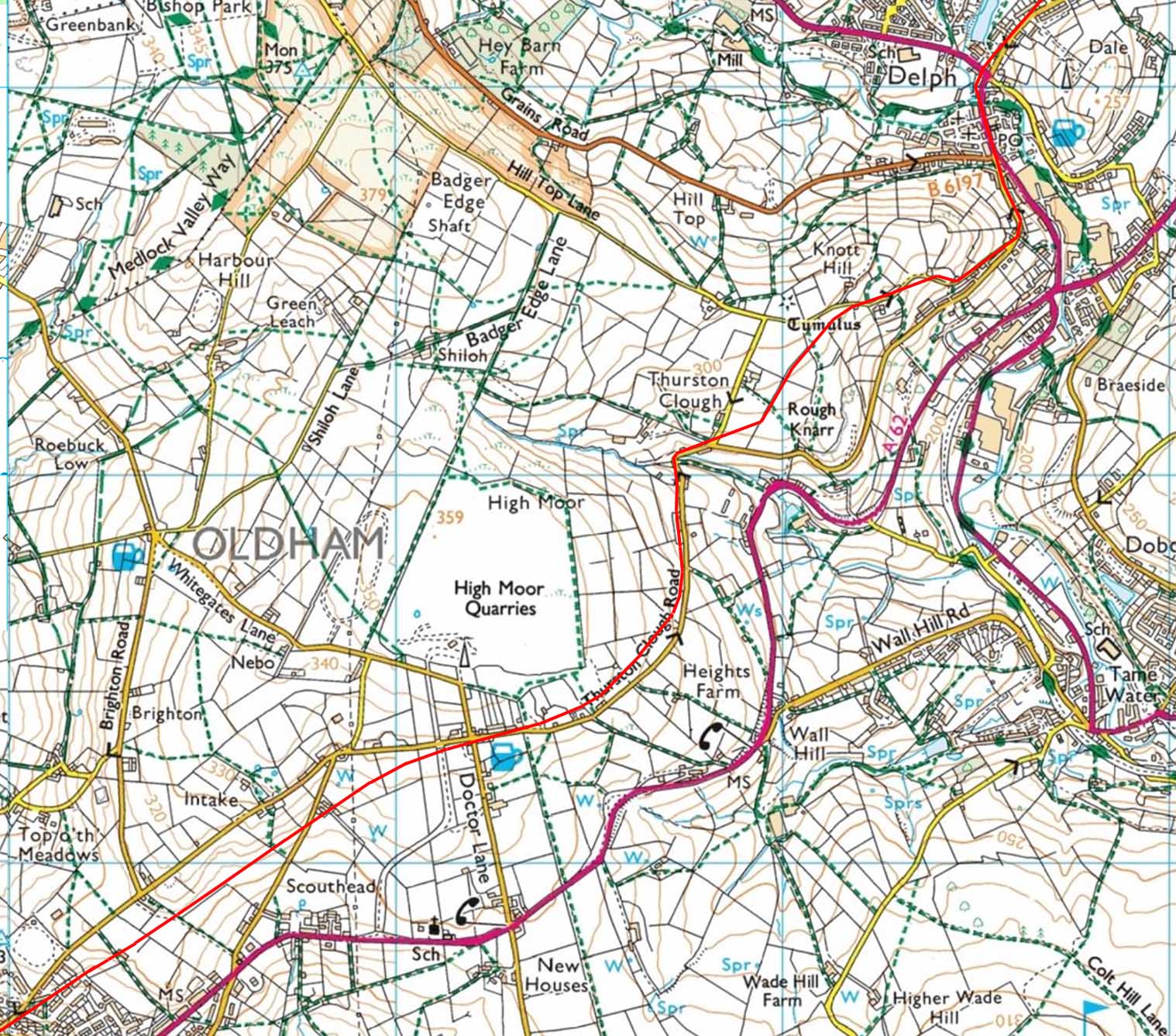 |
3D Oblique Lidar Image - High Moor Route Brilliant Roman engineering to negotiate High Moor and Knott Hill. The agger of the Roman road has survived well and is easily visible. It was after all a well built major road. The full size image is an animated gif so will display with and without the route (red) in sequence. |
Click for larger view |
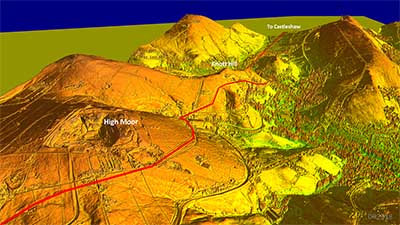 |
Lidar Image & 712 Group's Route Map - Delph The route shown differs slightly to that of the 712 Group approaching Delph. That group took it over the side slope of Knott Hill (see inset) - not too practical and the trace they followed is much too slender to be our major Roman agger. Everywhere else the surviving agger is huge so, on balance, the lower road is much more likely to be the actual route. Apart from the Glodwick Brook zig-zags this is the only section of road I believe the group probably got wrong. Amazing work on their part - and no lidar then! |
Click for larger view |
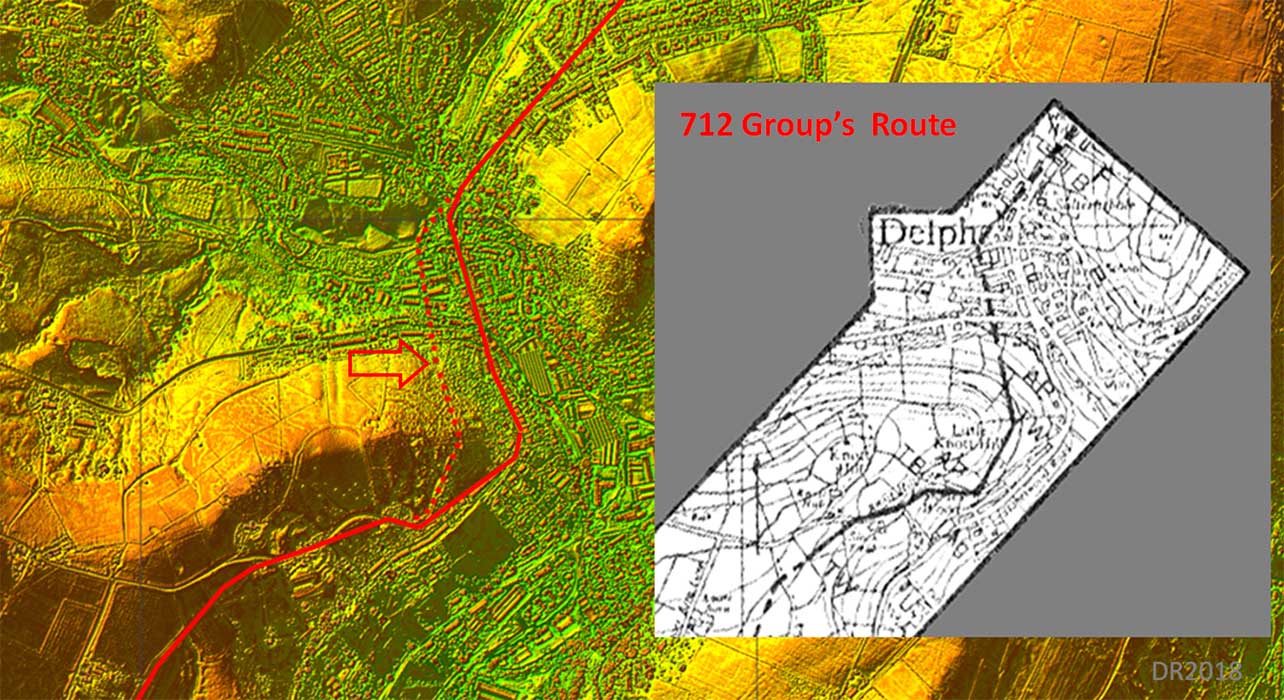 |
Contour Map - High Moor to Delph Thurston Clough was a major obstacle here. The Roman engineer setting-out this road out has compromised in how much level to drop (and reclimb) to keep a reasonably direct route. I think this contour map also helps confirm the lower route around Knott Hill to get down to Delph is the correct one. The Roman engineer has achieved a steady gradient from the south side of Knott Hill all the way down to Delph. No need to climb up only to make for a steeper descent.
|
Click for larger view |
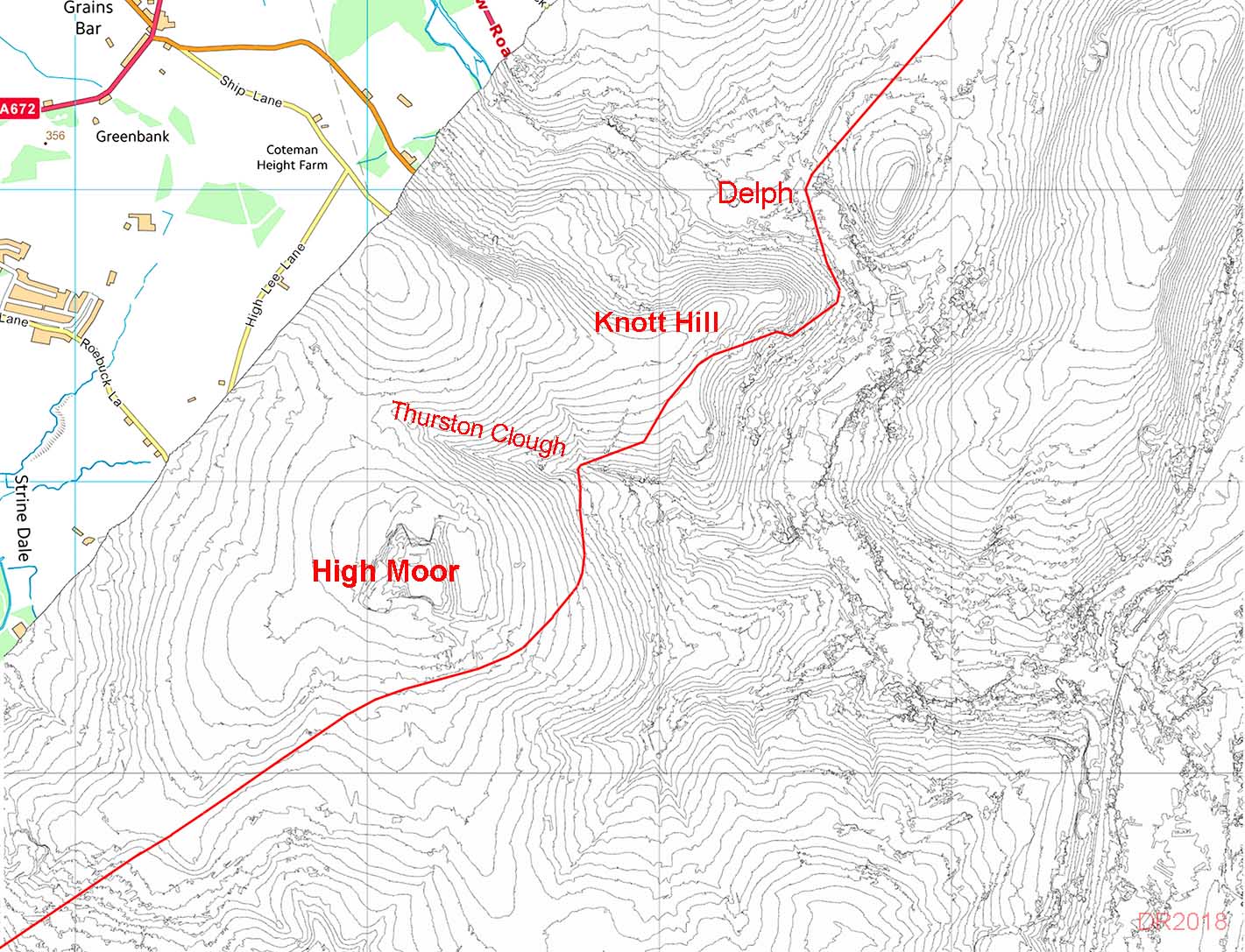 |
3D Oblique Lidar Image - Route Knott Hill - Delph In this view we can see the higher route over Lower Knott Hill proposed by the 712 Group is simply too insignificant to be the Roma agger. The lower route shown in red is almost certainly the correct line. The full size image is an animated gif so will display with and without the route (red) in sequence.
|
Click for larger view |
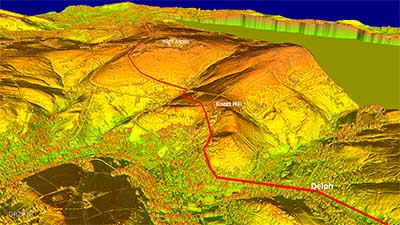 |
3D Oblique Lidar Image - Castleshaw looking back Looking back towards Delph from over Castleshaw Fort(s). Strange route for the Roman road - the Romans tended to avoid valley bottoms much preferring higher and drier ground. The inner (later) fortlet ramparts are reconstructed.
|
Click for larger view |
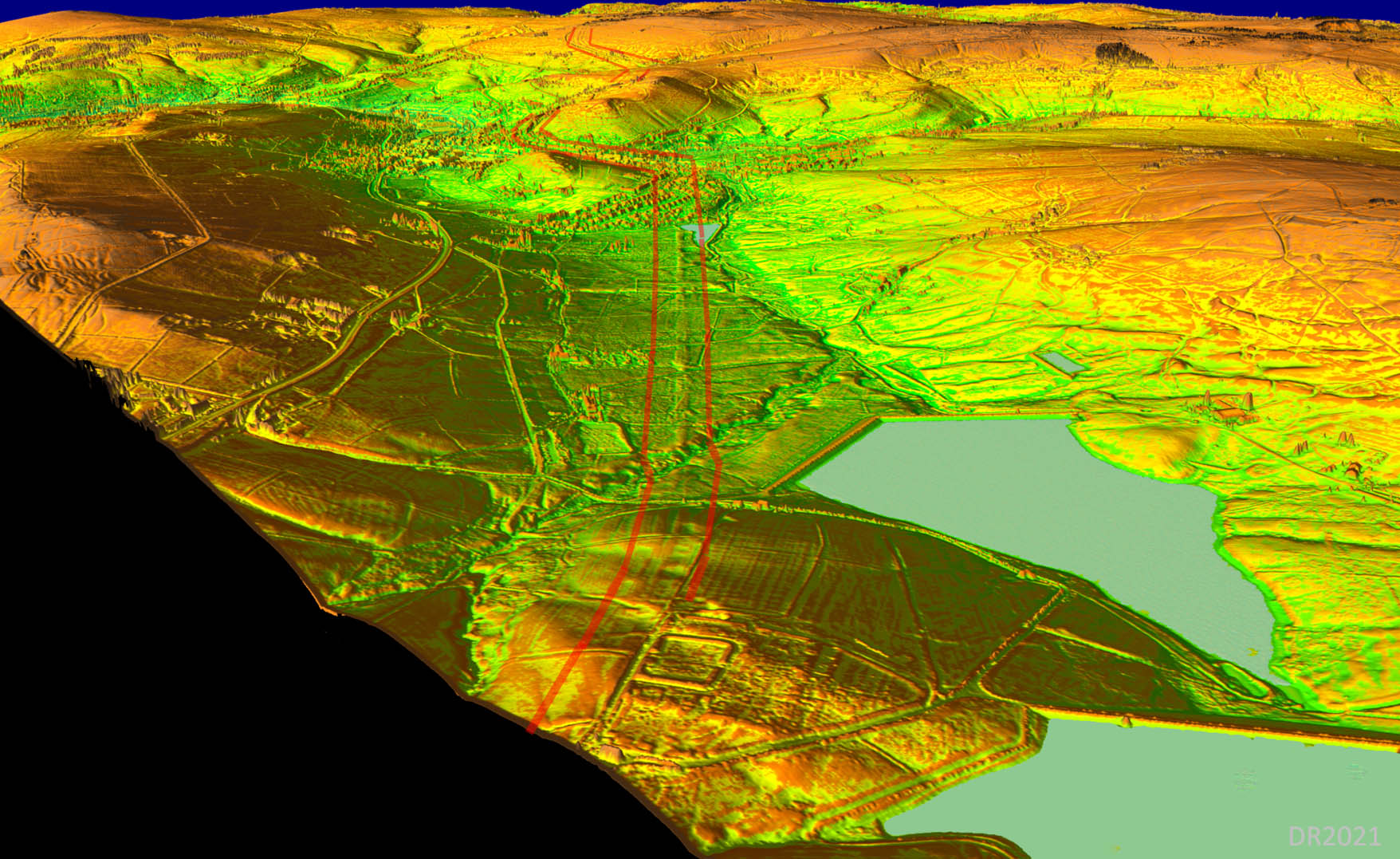 |
Lidar Image & Route Map - Castleshaw With the release of series 2 lidar data we at last have coverage for the fort. Both the road and forts show clearly. The fort was reduced in size in Roman times. For more information of the fort site see Castleshaw Archaeology
|
Click for larger view |
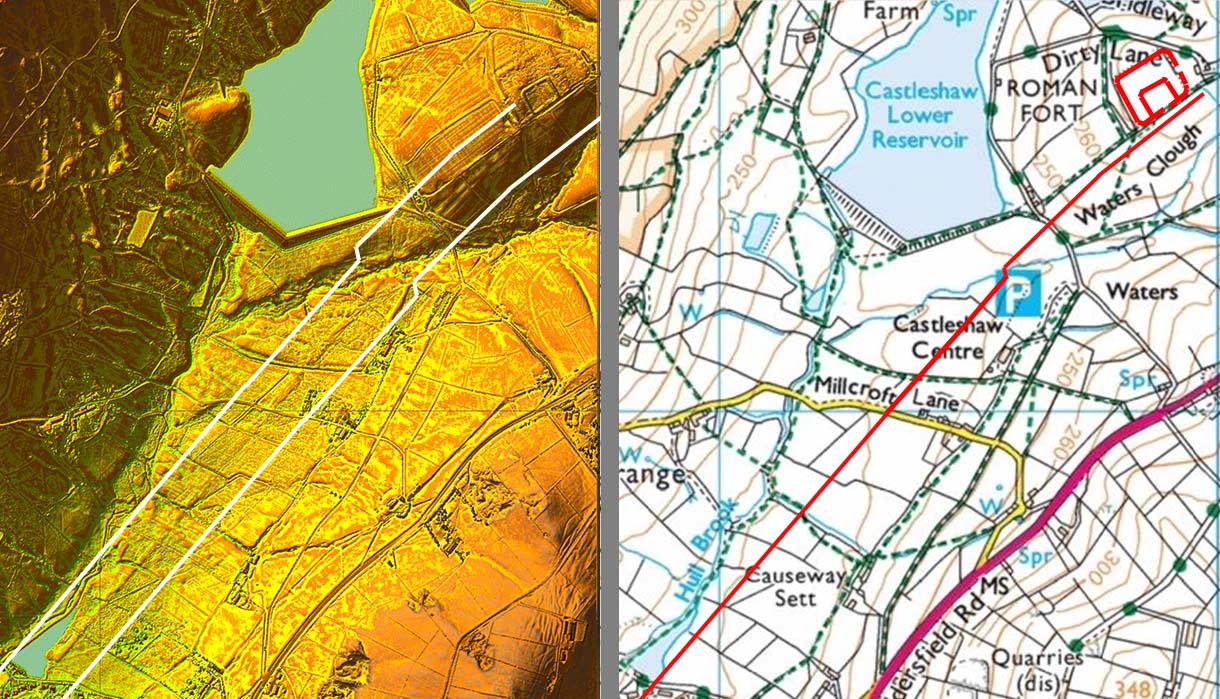 |
3D Oblique Lidar Image - Looking ahead to Standedge Beyond the fort, the agger of the road can still be seen heading for the county boundary and into Yorkshire. The course of the road in Yorkshire has been located by Huddersfield and District Archaeological Society. |
Click for larger view |
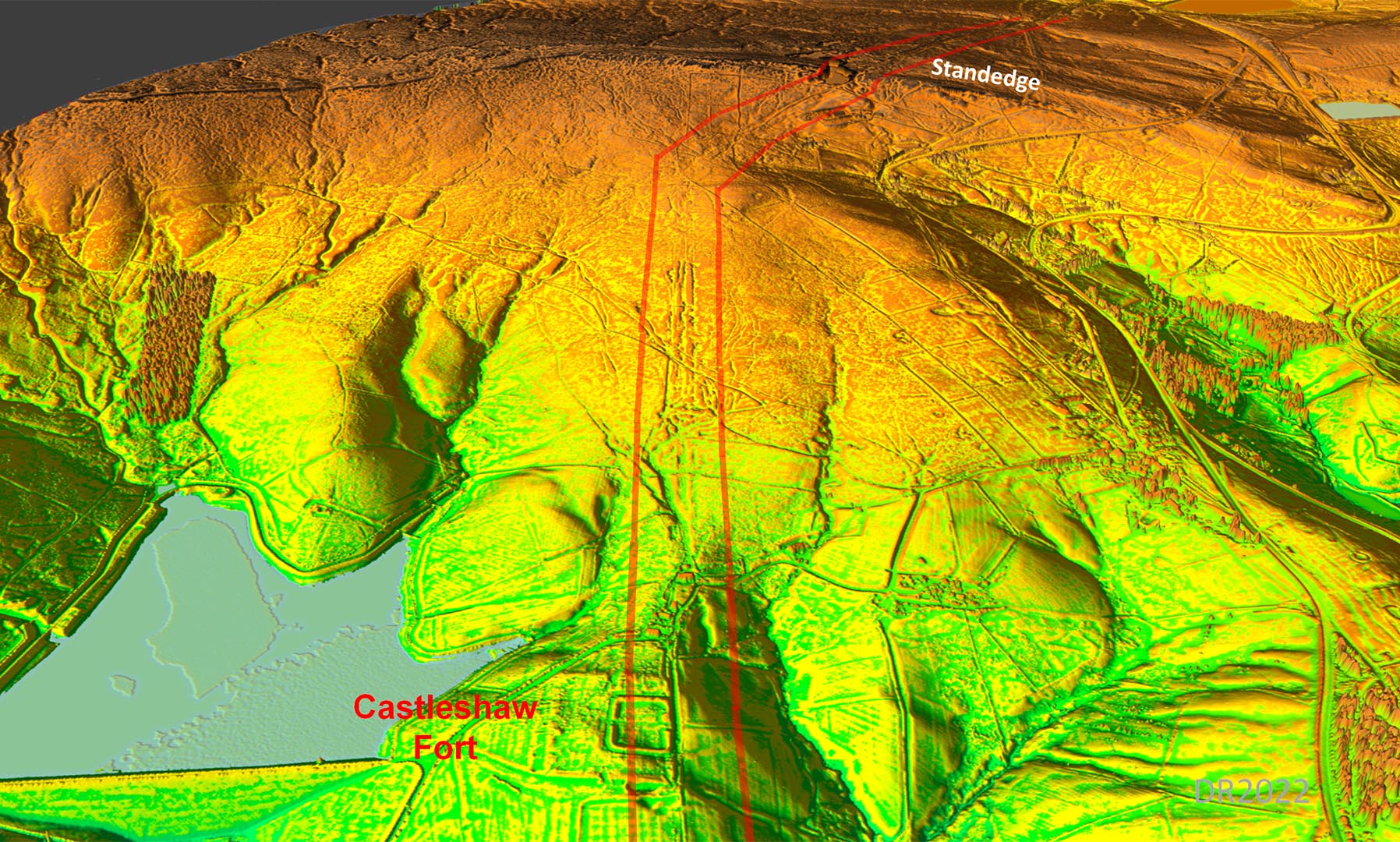 |
Detailed Route Maps Route Map 1 - Manchester to the M60 Motorway Route Map 2 - M60 Motorway to Oldham Route Map 3 - Oldham to Castleshaw
|
Click for larger view |
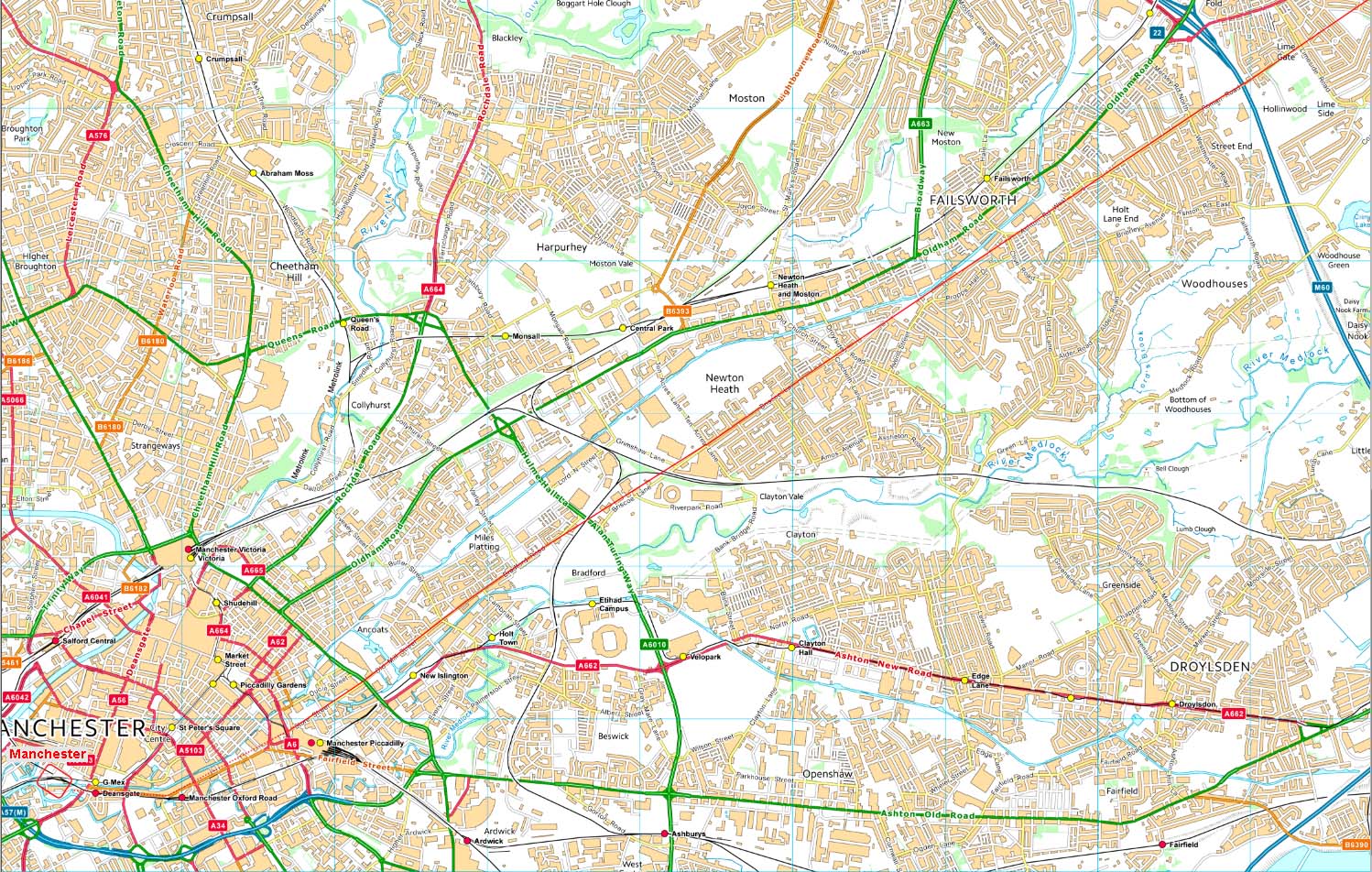
|
|
|
|
Last update: January 2021 |
© David Ratledge |
